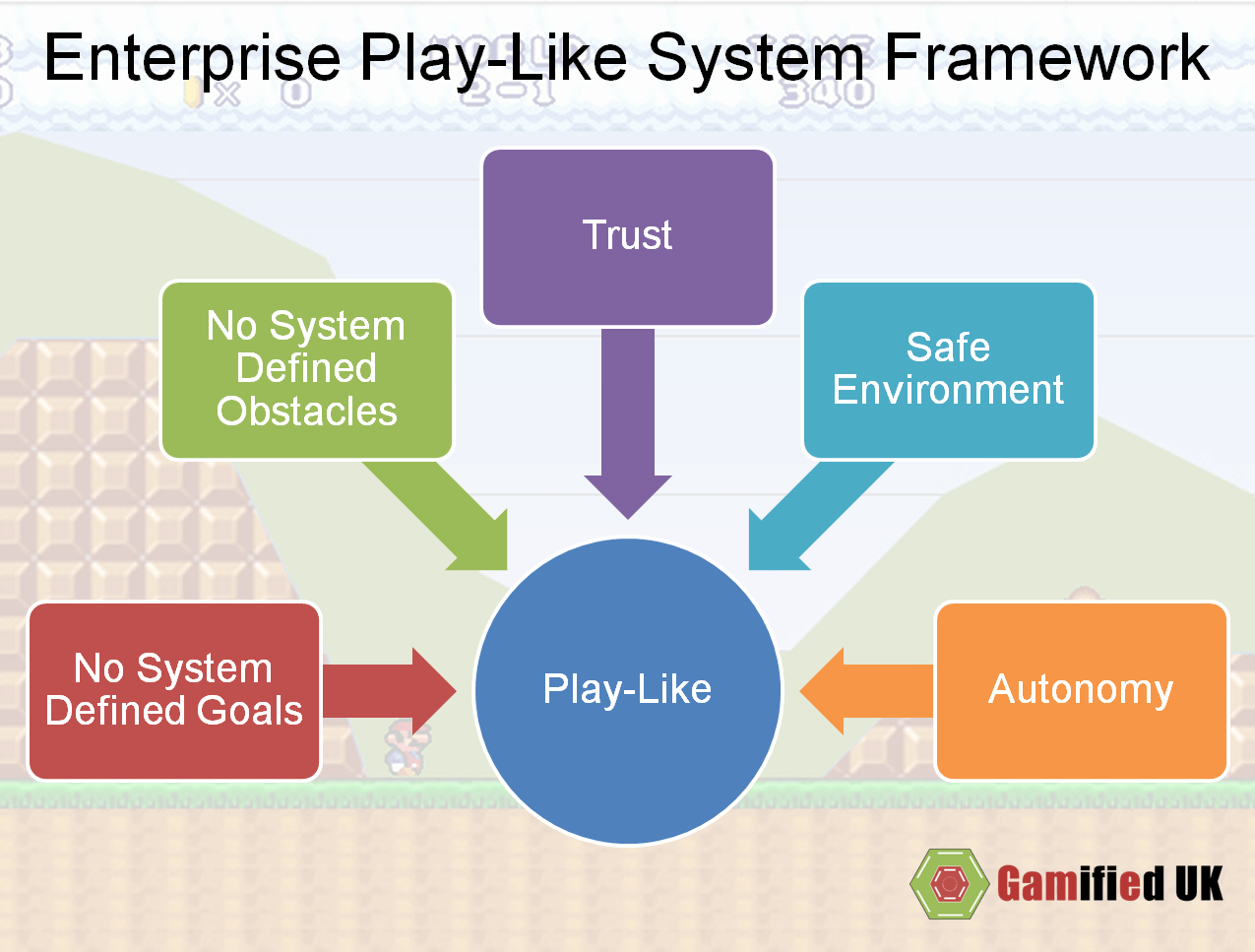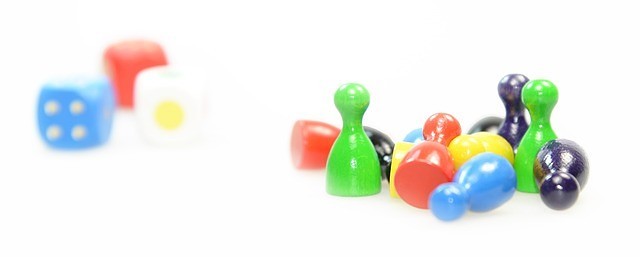Separating Games from Play and using it
All of this research into play and talking about play has been for a reason. I wanted to try and open up the idea of making more play-like experiences rather than more game-like experiences. I was trying to introduce some of the basics that separate games and play. For this there are three important differences between play and games that we need to keep in mind.
- Games have prelusory goals – ie, goals that you must achieve that have been set by the system.
- Games have rules that define how you have to achieve the prelusory goals (Lusory Means).
- They also have rules that create challenges to achieve the goals. Rather than going from A to B in a straight line, you have to overcome obstacles and solve puzzles going A to Z to E to B and back again! (Constitutive Rules)
In play, the goals are often less defined or not consciously apparent. Whilst there may be rules that dictate how play progresses (social rules, physical rules and so on), there are not that are there to deliberately challenge you or make things harder.





